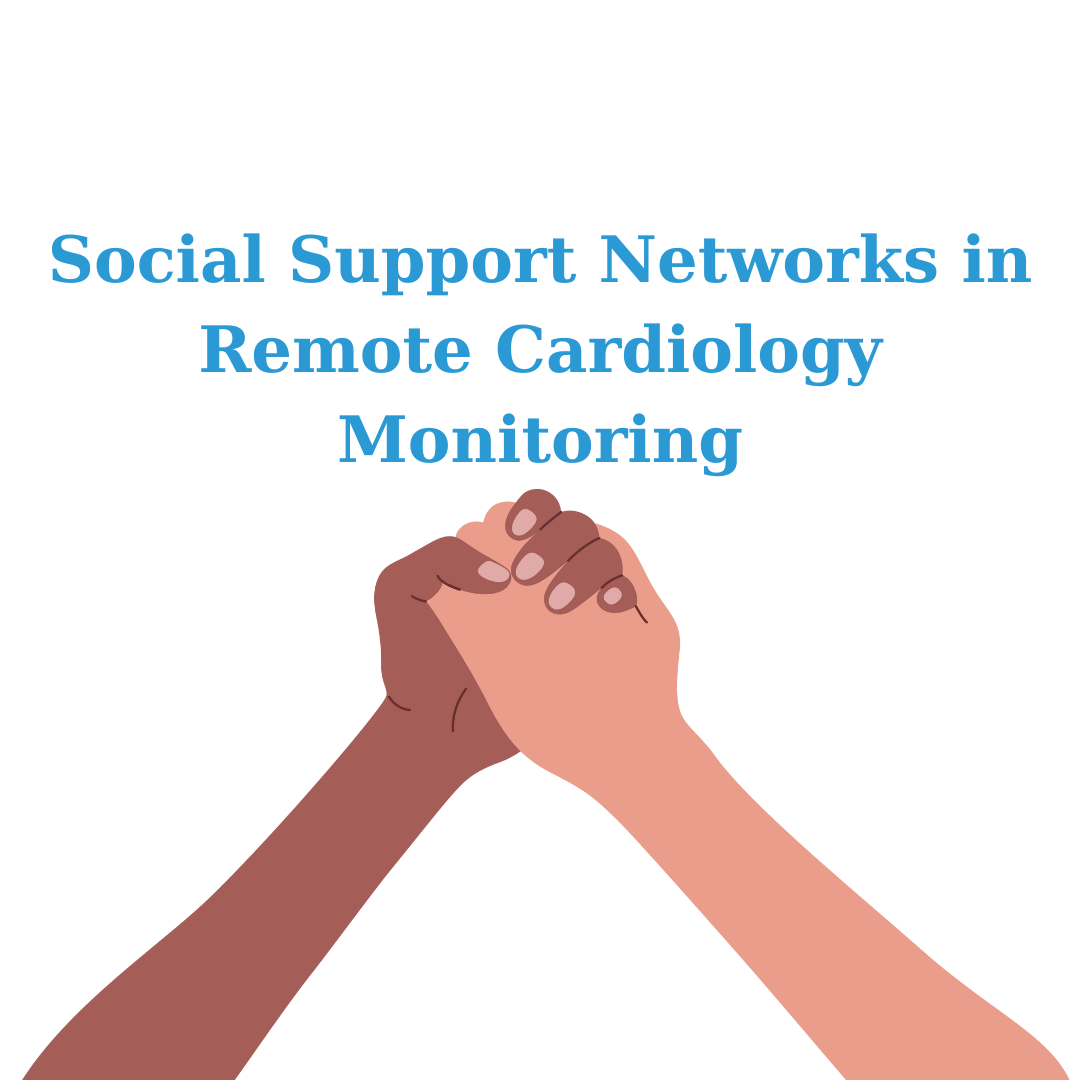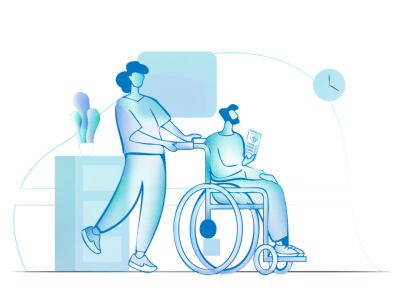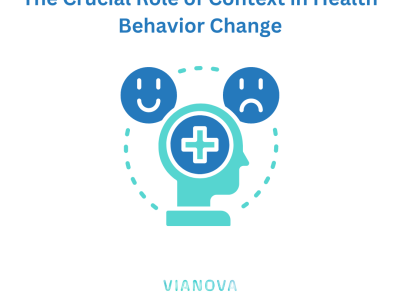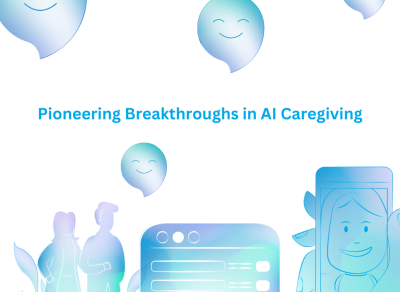
Creating Social Support Networks in Remote Cardiology Monitoring
In the world of healthcare, social connections and support play a crucial role in patient engagement and adherence. This is particularly true in Remote Patient Monitoring (RPM) for cardiology, where the emotional and motivational impact of social networks can be immense. In this article, we’ll delve into the behavioral economics concepts of social norms and peer pressure, exploring how they can be harnessed to create supportive patient communities in RPM.
The Power of Social Connections
Humans are inherently social beings. We seek connection, camaraderie, and support from our peers. In the context of cardiology care, these social connections can be leveraged to improve patient outcomes. RPM programs can create supportive patient communities that foster a sense of belonging and shared purpose.
Social Norms and Peer Pressure
Behavioral economics principles such as social norms and peer pressure can be pivotal in building patient communities within RPM:
1. Social Norms: Social norms refer to the behavioral standards and expectations within a group or society. In the context of RPM, highlighting the behaviors and actions that are considered “normal” or “desirable” can motivate patients to align with these norms. For example, if regular exercise is considered the norm within the patient community, individuals are more likely to engage in physical activity to conform to these expectations.
2. Peer Pressure: Peer pressure, often seen in a negative light, can be turned into a positive force for health within RPM communities. When patients observe their peers successfully adhering to monitoring and treatment regimens, they may feel motivated to do the same. This positive peer pressure can create a virtuous cycle of engagement and support.
Creating Supportive Patient Communities
Building patient communities within RPM can be a strategic process that utilizes these behavioral economics concepts:
1. Community Forums: RPM platforms can include community forums where patients can interact, share their experiences, and provide support to one another. These forums can feature success stories and testimonials, which serve as powerful social norm reinforcement.
2. Challenges and Contests: Gamification elements like challenges and contests can encourage friendly competition among patients. These competitions, structured around adherence and health goals, can motivate participants to stay engaged.
3. Social Recognition: Recognizing and celebrating patient achievements within the community can reinforce social norms. Patients who reach milestones in their cardiac health journey can be acknowledged and celebrated by their peers.
4. Expert Moderation: Ensuring that the patient community is expertly moderated is vital. Moderators can guide discussions, provide accurate information, and create a safe and supportive environment for patients to interact.
Personal Stories and Testimonials: Sharing personal stories and testimonials from patients who have experienced positive outcomes through RPM can inspire and motivate others.
Feedback Loops: Feedback mechanisms within the community can highlight the impact of adherence on individual health and the collective progress of the group.
The Community Effect
The presence of a supportive patient community can be a game-changer in RPM for cardiology. Patients who feel connected, understood, and encouraged by their peers are more likely to engage in monitoring, adhere to treatment plans, and make positive lifestyle changes.
By integrating social norms and peer pressure into the design of patient communities, RPM providers can create an environment where patients support one another on their cardiac health journey. The sense of community can be a powerful motivator, helping patients not only take their heart health more seriously but also enjoy the journey towards better cardiac health.
In our next article, we will explore the role of anchoring in cardiology RPM and how it can influence patient perceptions and decision-making. Stay tuned for more insights into the dynamic world of behavioral economics and cardiology.



FEEL FREE TO DROP US A LINE.